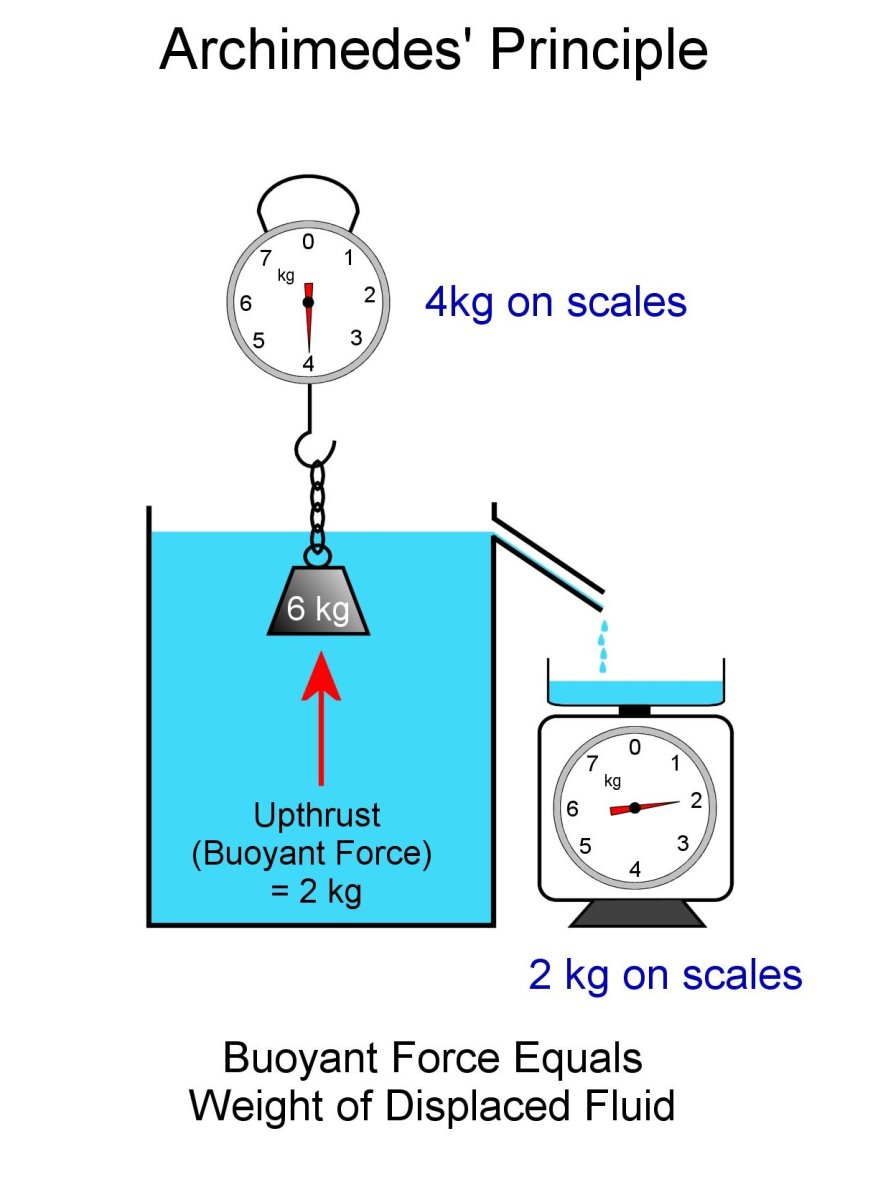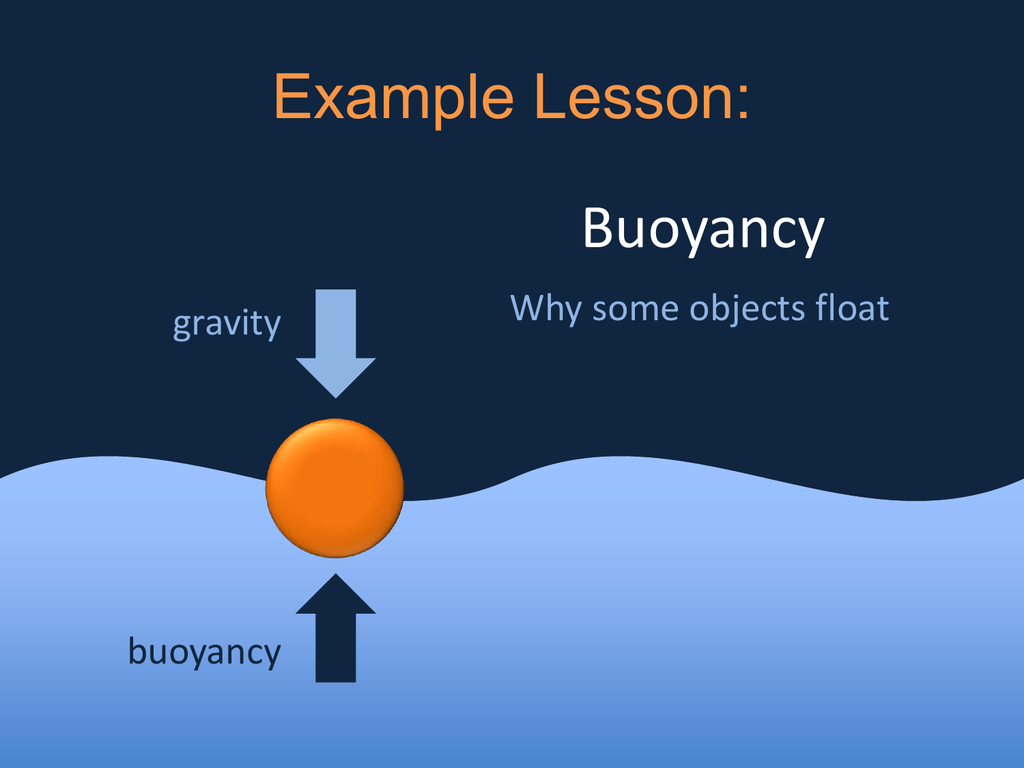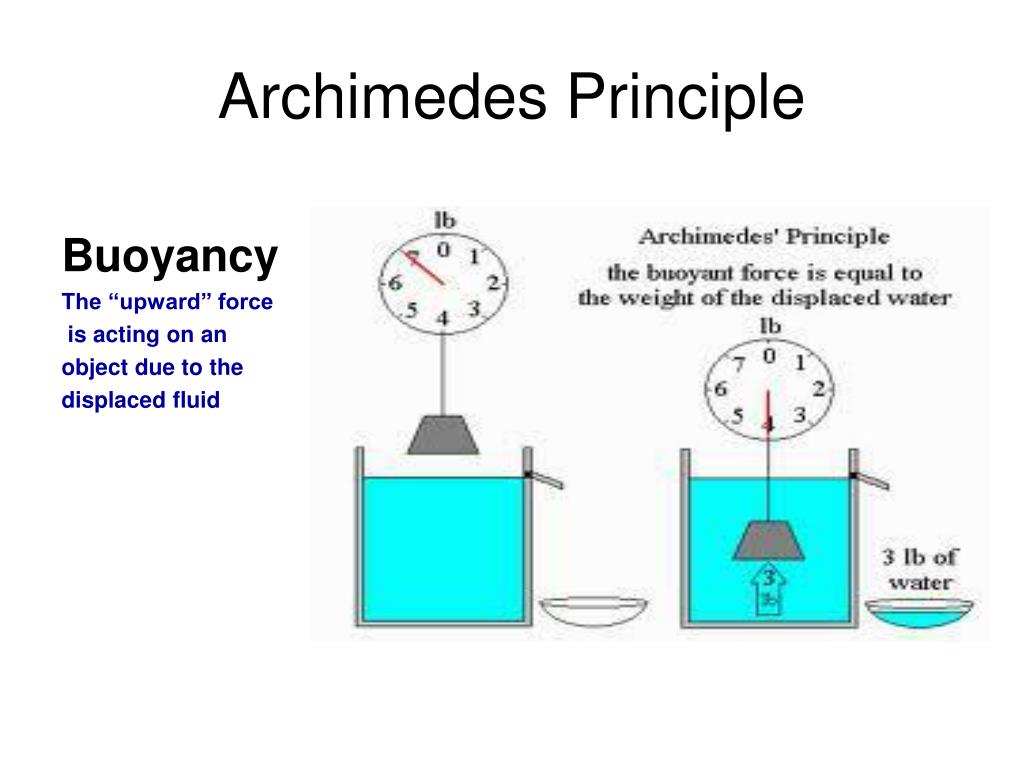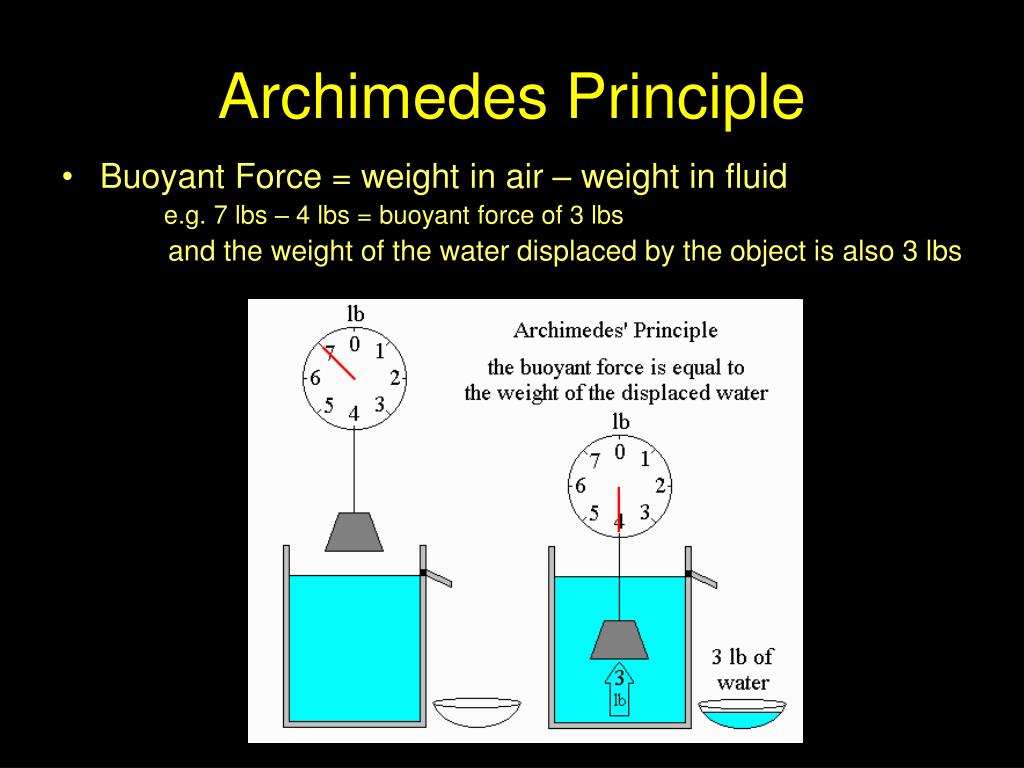Archimedes Principle Presentation
| Introduction to Archimedes Principle | ||
|---|---|---|
| Archimedes principle is a fundamental concept in fluid mechanics. It states that an object submerged in a fluid experiences an upward buoyant force equal to the weight of the fluid it displaces. This principle helps explain why objects float or sink in a fluid. | ||
| 1 | ||
| Understanding Buoyancy | ||
|---|---|---|
| Buoyancy is the upward force exerted on an object immersed in a fluid. The magnitude of the buoyant force is equal to the weight of the fluid displaced by the object. If the buoyant force is greater than the weight of the object, it will float. Otherwise, it will sink. | ||
| 2 | ||
| Key Factors Affecting Buoyancy | ||
|---|---|---|
| The volume of the object: A larger volume displaces more fluid, resulting in a greater buoyant force. The density of the fluid: Objects will float more easily in less dense fluids. The density of the object: Objects with lower density than the fluid will float, while those with higher density will sink. | ||
| 3 | ||
| Archimedes Principle in Action | ||
|---|---|---|
| The principle explains why ships made of heavy steel can float on water. It also explains why a deflated balloon sinks in water but floats when filled with air. Archimedes principle is used in designing submarines, hot air balloons, and other flotation devices. | ||
| 4 | ||
| Applications of Archimedes Principle | ||
|---|---|---|
| Shipbuilding and naval architecture rely on Archimedes principle to determine buoyancy and stability. It is crucial in designing and operating submarines to control their buoyancy. The principle is also used in designing life jackets, buoys, and other safety equipment for water activities. | ||
| 5 | ||
| Determining the Buoyant Force | ||
|---|---|---|
| The buoyant force can be calculated using the formula Fb = ρ x V x g, where Fb is the buoyant force, ρ is the density of the fluid, V is the volume of the displaced fluid, and g is the acceleration due to gravity. The volume of the displaced fluid can be determined by measuring the volume of the submerged portion of the object. The weight of the fluid displaced can be found using the formula W = ρ x V x g. | ||
| 6 | ||
| Limitations of Archimedes Principle | ||
|---|---|---|
| Archimedes principle assumes that the fluid is incompressible, which is not always the case. It does not account for surface tension, which can affect the buoyant force. The principle is not applicable to objects fully immersed in gases, as their densities are much lower than fluids. | ||
| 7 | ||
| Archimedes Principle and Density | ||
|---|---|---|
| Archimedes principle can be used to determine the density of an object. By measuring the weight of the object in air and then in a fluid, the density of the object can be calculated using the formula ρ = (Wair / (Wair - Wfluid)) x ρfluid, where ρ is the density, Wair is the weight of the object in air, Wfluid is the weight of the object in the fluid, and ρfluid is the density of the fluid. Your third bullet | ||
| 8 | ||
| Summary | ||
|---|---|---|
| Archimedes principle explains buoyancy and the behavior of objects in fluids. It is crucial in various fields, including shipbuilding, submarine design, and safety equipment. Understanding the principles of buoyancy and density allows us to predict and control the behavior of objects in fluids. | ||
| 9 | ||







